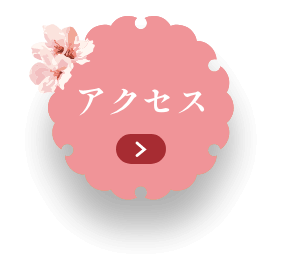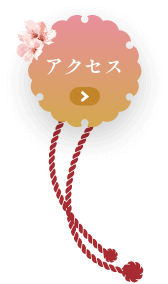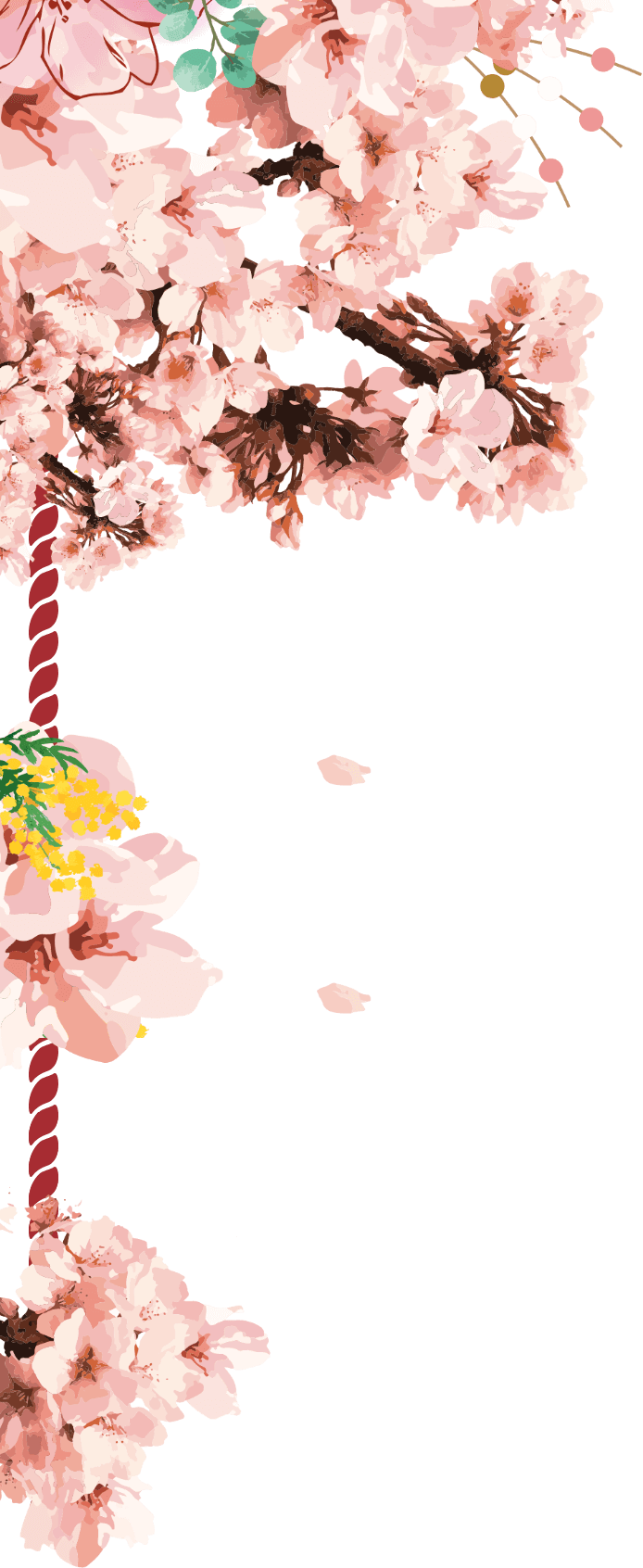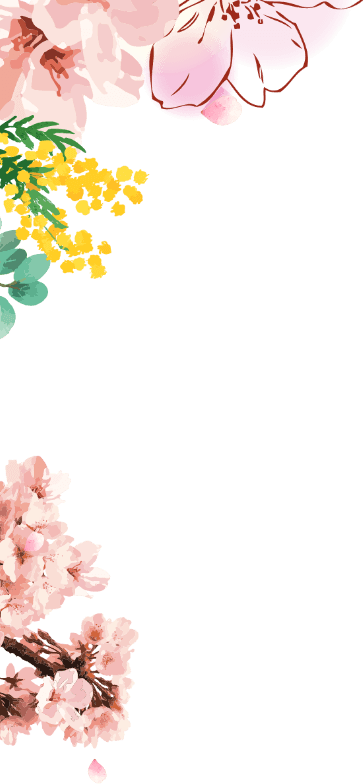2025.11.17
[観光情報]
More than just grapes and peaches! A deep dive into the history and culture of Yamanashi fruits

Photo: Shunkando
Yamanashi Prefecture is known as the “Fruit Kingdom,” where a variety of fruits can be enjoyed throughout the year. Furthermore, Yamanashi fruits are incredibly delicious and make wonderful gifts! The secret to this lies in its long history, woven together with the abundant nature and ingenuity of its people. We’ll unravel the deep culture and history of Yamanashi, from how it became a major producer of grapes and peaches to the history of fruit cultivation dating back to ancient times and the stories of its lesser-known variety of fruits. We hope you’ll feel closer to Yamanashi fruits and enjoy tasting their various flavors, along with their charms!
Introduction The charm of Yamanashi fruits and their profound culture
Bathed in the bounty of the sun, Yamanashi fruits bring smiles to our faces with their sweetness and juiciness that fills our mouths. Yamanashi fruits, including grapes and peaches, show off their diverse expressions with each season and are packed with the culture that has been nurtured over a long history, as well as the wisdom and hard work of the people.
Here, we will unravel the secret behind why Yamanashi is known as the “Fruit Kingdom.” Let’s explore the blessings that the basin’s unique climate brings to fruit cultivation, and how fruit culture has flourished in this region from ancient times to the present day.
Yamanashi fruits not only add color to your dinner table, but also support the local economy, attract tourists, and are deeply rooted in people’s lives. We hope that through this story you will be able to experience the profound appeal of Yamanashi fruits and the rich history that has woven them.
Yamanashi’s blessed climate and history of fruit cultivation
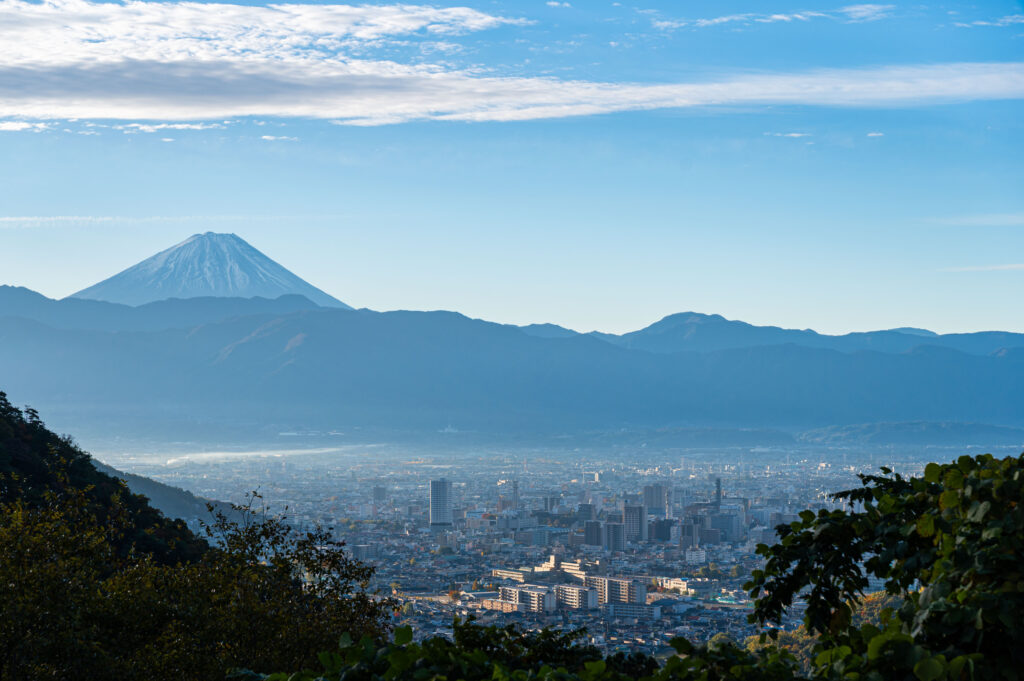
Yamanashi Prefecture is known as Japan’s leading fruit kingdom. This rich fruit culture has been nurtured by the special climate of the region and the deep love for agriculture of its people, which has continued since ancient times. Here, we will explore the natural blessings that support fruit cultivation in Yamanashi and trace its history.
Fruits grown in the basin’s unique climate
Most of Yamanashi Prefecture is centered around the Kofu Basin, which is surrounded by mountains on all sides. The unique climate of this basin is an important factor in growing sweet and delicious fruit.
- The large temperature difference between day and night means that the fruit
is exposed to plenty of sunlight during the day, storing up sugar, while the cold at night suppresses the fruit’s breathing, making it difficult for the sugar to be consumed. This temperature difference allows the fruit’s sweetness to be tightly concentrated. - Abundant sunshine:
With many sunny days throughout the year, we can enjoy the sun’s blessings to the fullest, which helps the fruit develop a good color and create a rich flavor. - Low precipitation
Low rainfall is also beneficial for fruit cultivation. Too much rain can lead to disease outbreaks and a decrease in the sugar content of the fruit, but this is less of a concern in Yamanashi.
Furthermore, the well-drained alluvial fan soil brought about by the mountains surrounding the basin provides an environment in which fruit trees such as grapes and peaches can easily take root and grow healthily. This is truly an ideal land for fruit cultivation.
The history of agriculture in Yamanashi since ancient times
Agriculture in Yamanashi dates back to ancient times, and people have lived here, benefiting from the bounty of nature.
Hunting and gathering was already practiced during the Jomon period, and rice cultivation is said to have begun in earnest during the Yayoi period, when wet-rice cultivation was introduced. After that, grains such as wheat, millet, and barley were cultivated and became the foundation of people’s lives.
There are records that show that grapes similar to the modern Koshu grape variety were cultivated in Katsunuma Town, Koshu City, Yamanashi Prefecture, during the Heian period, and these are considered to be some of the oldest records of fruit cultivation in Yamanashi, even in Japan. However, fruit cultivation at this time was merely a part of daily life, and it was not until much later that large-scale fruit cultivation as an industry like today began.
The wisdom and hard work of the people who have lived here for generations have built the foundations for the fruits of Yamanashi today. In particular, as the cultivation of grapes and peaches spread after the Edo period, Yamanashi agriculture underwent a major turning point.
Enjoy the charm of Yamanashi fruits in Koedo Kofu Hanakoji!

In Koedo Kofu Hanakoji, there is a shop where you can casually savor the charms of fruits unique to Yamanashi. The sweets and drinks made with fresh grapes, peaches, cherries, and strawberries, which appear every season, are perfect for a break between sightseeing. You can also enjoy exclusive menus that can only be found here, such as crepes and jellies that make the most of the quality of the ingredients. Enjoy the bounty of Yamanashi as you stroll around.
Crepes, Espresso and Hanakoji
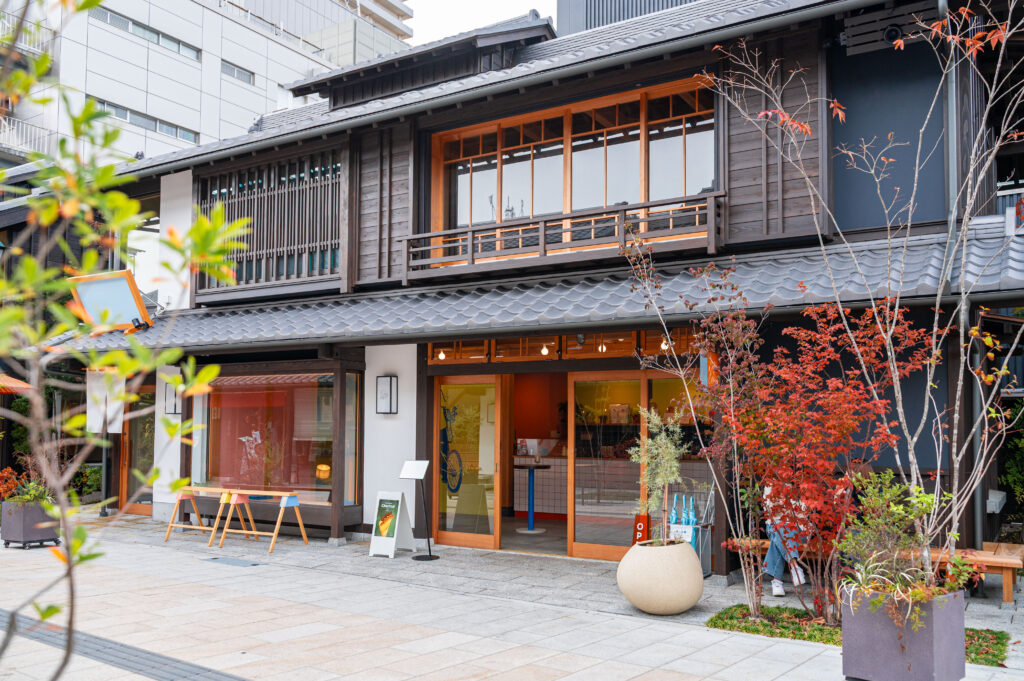

At Crepes, Espresso and Hanakoji, you can enjoy limited-edition crepes packed with the charms of Yamanashi every season. The popular spring menu item, “Strawberry and Flower Melt,” features pink strawberry cream topped with a dainty flower and drizzling strawberry chocolate. The crispy maple cookie inside adds a fun touch. Seasonal flavors are introduced one after another: glossy “cherries” in June, juicy “peaches” in July, and “grapes” made with a generous amount of Shine Muscat and Kyoho grapes in August. Furthermore, in October, Hanakoji’s original “chestnuts, roasted green tea and Mont Blanc” will add color to the season. Each crepe is made with plenty of Yamanashi fruits, has a special flavor, and is adorable and photogenic! A new “delicious encounter” awaits you with every visit.
Shunkando
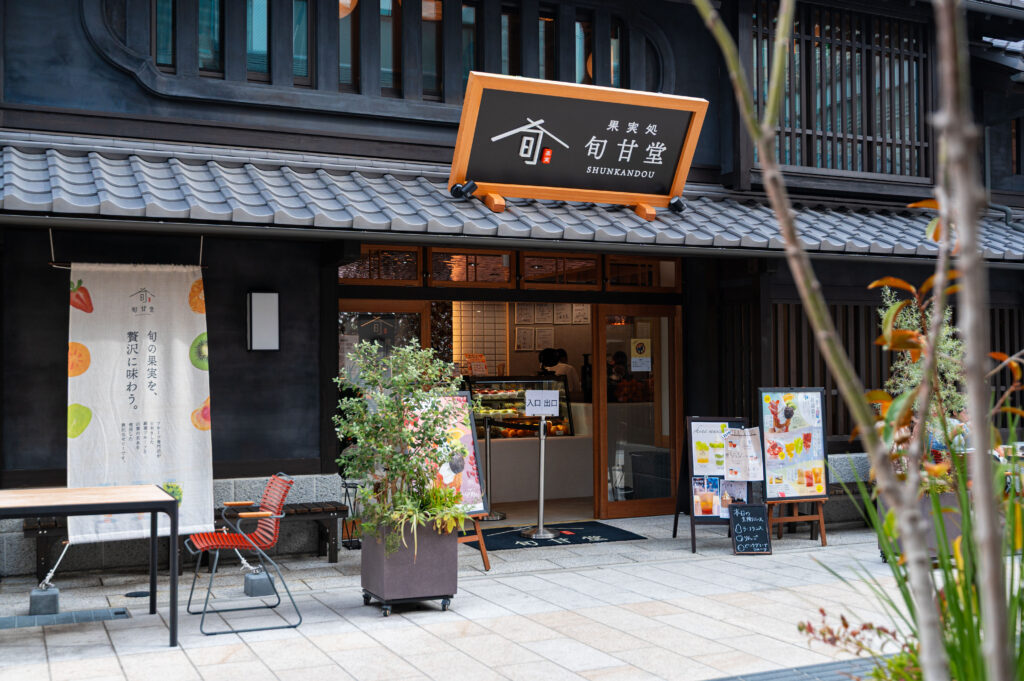

Shunamado offers a wide selection of sweets and drinks featuring the luxurious flavors of seasonal Yamanashi fruits! Enjoy freshly squeezed juice made to order and soft serve ice cream brimming with fruit, allowing you to enjoy the natural flavors of the ingredients. The popular new specialty, “Hanakoji Soft Serve,” features seasonal toppings that change with each season, ensuring you’ll discover something new every time you visit. The “Fresh Fruit Jelly,” made with spring water from Mt. Fuji and carefully selected fruit, boasts a crystal-clear beauty. The shop offers a wide variety of sweets perfect for snacking on the go, including “Polka Dot Cream Anmitsu,” topped with shiratama (rice flour dumplings), bean paste, and sliced fruit, and cream puffs with cream and strawberries on a long choux pastry. Enjoy the seasonal flavors of each season with whole peach shaved ice and parfaits during peach season, and parfaits and sodas made with luxurious Shine Muscat grapes during grape season.
The history and evolution of grapes, a symbol of Yamanashi
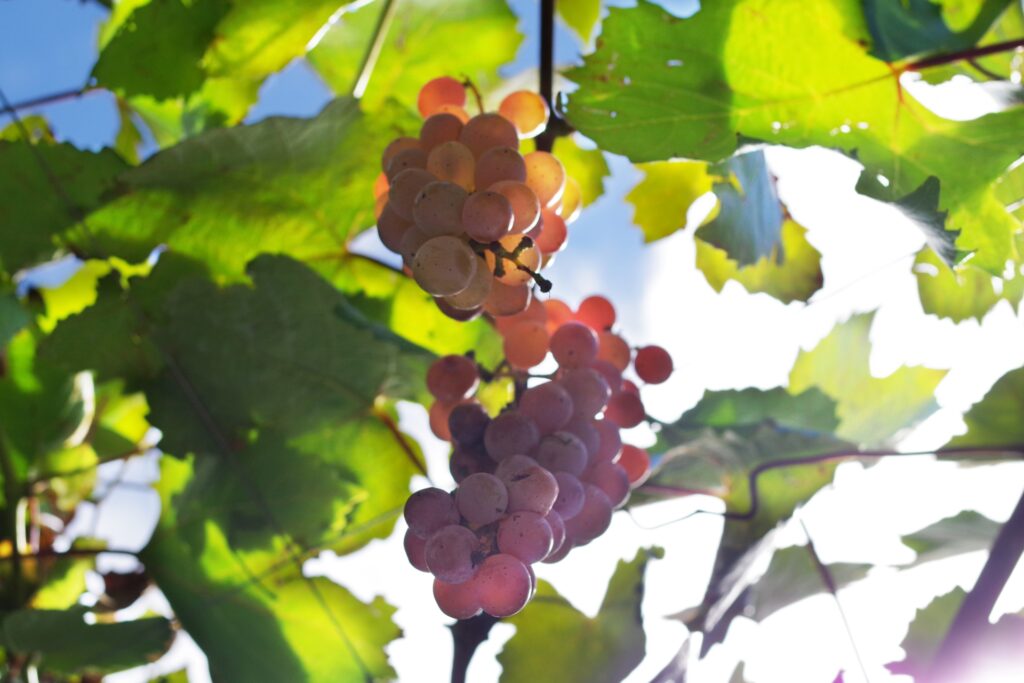


The roots of Koshu grapes and the spread of cultivation
Yamanashi has a long history of grapes, and Koshu grapes in particular are known as a variety unique to Japan. The most likely theory is that they were introduced from China via the Silk Road during the Nara or Heian period. The climate of the Kofu Basin is suitable for cultivation, so they took root in the area and have been carefully cultivated for a long time.
During the Edo period, Koshu grapes became a popular fruit among the common people, and their cultivation spread throughout the Kofu Basin. They were used not only as fresh food but also as a preserved food, and became deeply rooted in people’s lives.
Winemaking and the diversification of grape varieties
With the start of the Meiji period, Yamanashi grapes entered a new era. Wine-making techniques were introduced from overseas, and Japan’s first full-scale winemaking began. Koshu grapes became an important variety that supports the history of Japanese wine.
Also around this time, foreign varieties suitable for both eating fresh and making wine, such as Muscat Bailey A, were introduced, increasing the variety of grapes cultivated. Popular table grapes such as Delaware and Kyoho also appeared one after another through selective breeding, and grape cultivation in Yamanashi achieved diverse development.
| Variety name | Main uses | Features |
|---|---|---|
| Koshu | Raw food, wine | A delicate fragrance unique to Japan |
| Muscat Bailey A | wine | Adapted to the Japanese climate, with a berry-like fragrance |
| Kyoho grapes | raw food | Large grains, very sweet |
Modern grape growing techniques and brand strategies
In modern Yamanashi, various cultivation techniques have evolved to further improve the quality of grapes. Rain shelter cultivation and greenhouse cultivation have made it possible to grow grapes of consistent quality without being affected by climate change.
Additionally, the appearance of high-quality grape varieties such as “Shine Muscat” and “Pione” has greatly enhanced the brand image of Yamanashi grapes. These varieties, with their beautiful appearance and high sugar content, are also popular as gifts. Recently, Yamanashi Prefecture’s original varieties, such as “Sunshine Red” and “Kai King,” have also been cultivated exclusively within the prefecture.
Yamanashi Prefecture has also been registered under the “GI Yamanashi (Geographical Indication Protection System)” to protect the quality of its grapes and their value as a grape-producing region. This is an important initiative to communicate the special value of Yamanashi grapes to the world. By linking it to tourism such as fruit picking, the charm of Yamanashi grapes is being conveyed to many people.
Sweet Temptation: The History and Culture of Peaches
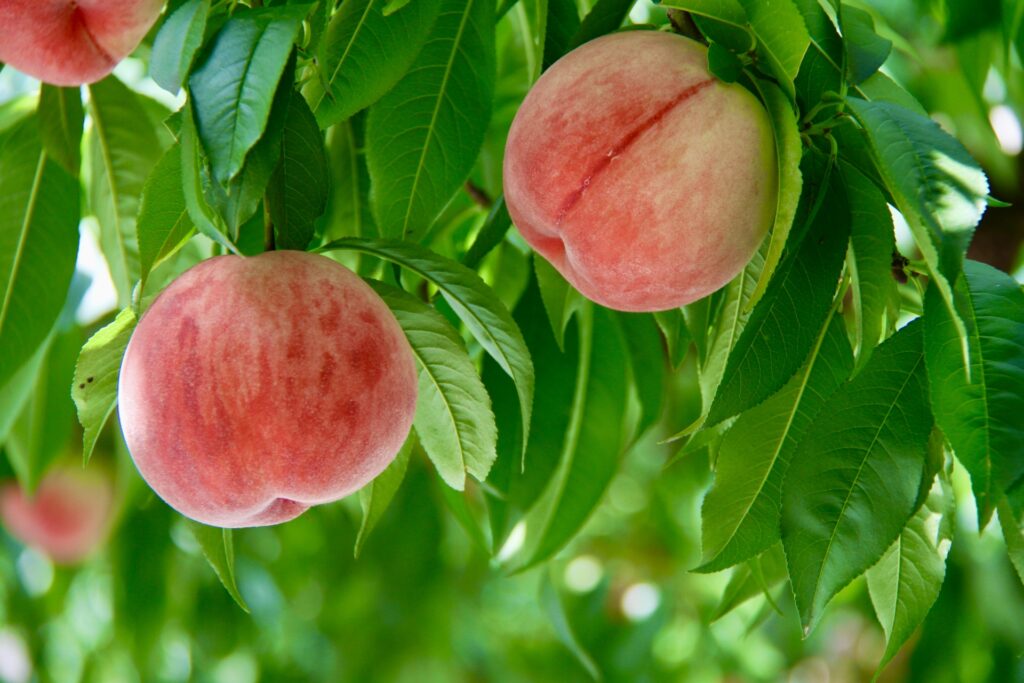
Peaches grown in the fertile soil of Yamanashi captivate many with their sweet, juicy taste. Here, we will explain the history of peaches, from how they were brought to Yamanashi, to the selective breeding that has led to today’s golden age, and the culture that is deeply rooted in the region.
The story of peaches introduced in the Edo period
Peaches are said to have been introduced to Japan during the Yayoi period, but it wasn’t until the late Edo period that they began to be cultivated in earnest for consumption. In Yamanashi, there are records of the lord of Kofu encouraging peach cultivation, and gradually peach trees became popular not only for ornamental and medicinal purposes, but also as food. They were transported to Edo via the Koshu Kaido road, and their sweetness brought joy to the people.
The Golden Age of Peaches Brought About by Breeding Improvement
Entering the Meiji period, peach breeding became a popular activity. Varieties suited to Yamanashi’s climate were developed one after another, and peaches established themselves as a fruit representative of Yamanashi. In particular, the appearance of varieties such as “Hakuho” and “Akatsuki” dramatically improved the sweetness and fragrance of peaches, ushering in a golden age for peach cultivation in Yamanashi. The tireless efforts of farmers and advances in cultivation techniques have resulted in the high quality peaches we enjoy today. Peaches such as “Yume Mizuki” and “Yume Toka,” original varieties of Yamanashi Prefecture, are also gaining in popularity.
Here we will introduce some of the most representative peach varieties in Yamanashi.
| Variety name | Key Features | Season |
|---|---|---|
| Bai Feng | It is rich in juice and is characterized by its melting sweetness and elegant aroma. | Mid-July to early August |
| Akatsuki | It has a firm texture, rich sweetness, and a moderate acidity. | Late July to mid-August |
| Asama white peach | They are large, juicy, sweet and fragrant, and have a beautiful, vibrant red appearance. | Late July to early August |
| Kawanakajima White Peach | The large fruit keeps well and has dense flesh and a strong sweetness. | Mid-August to early September |
| cherry blossoms | It is characterized by its pale red color, firm flesh, and crisp texture. | Late August to mid-September |
The economy and culture that peaches bring to the region
Peach cultivation has had a major impact on Yamanashi’s economy and culture. Many farmers cultivate peaches, creating jobs and contributing to the revitalization of the region. Peach picking, a summer tradition, also plays an important role in attracting tourists and conveying the charms of Yamanashi. Harvested peaches are highly valued gifts and are a symbol of Yamanashi’s rich food culture. Spending time with family and friends around peaches is an irreplaceable part of the culture that enriches people’s hearts.
Not just grapes and peaches: The history and appeal of Yamanashi fruits
“Koshu Hachikenka” – The unknown variety of fruits from Yamanashi
When it comes to fruits in Yamanashi, grapes and peaches are famous, but in fact there are a variety of fruits that have been rooted in the region since ancient times. The most representative of these is the “Koshu Hachijinka.” This refers to eight types of fruit that were highly prized in Kai Province (present-day Yamanashi Prefecture) during the Edo period, and have been deeply involved in the lives of the local people.
| Fruit Name | Features | Historical background |
|---|---|---|
| persimmon | There are many varieties, including sweet and bitter persimmons, and they are also popular as dried persimmons. | Since ancient times, it has been valued not only as food but also as a preserved food. |
| chestnut | It has a rich flavor and a fluffy texture. | It is grown mainly in mountainous areas and has become a popular autumn delicacy. |
| pear | It has a refreshing sweetness and is perfect as an after-meal dessert. | There are records that it was also used as a gift during the Edo period. |
| pomegranate | It is characterized by its beautiful ruby-colored fruit and acidity. | It is loved as an ornamental plant and has also been planted as a garden tree. |
| apple | The varieties cultivated here are juicy, honey-filled, and sweet. | Since the Edo period, it has been transported to Edo via the Koshu Kaido road. |
| Ginkgo | It has a unique flavor and is used as a garnish for Japanese dishes such as chawanmushi. | They are also planted in the precincts of temples and shrines, and the autumn harvest is enjoyed. |
| grapes | It is not only eaten raw, but is also known as an ingredient for wine. | Koshu grapes have a long history and have been at the heart of Yamanashi’s fruit culture. |
| peach | Many varieties are cultivated, with differences in sweetness, flavor, and texture. | With the decline of the sericulture industry, mulberry fields were converted into peach fields, and the area flourished because the geographical and climatic conditions were suitable for peach cultivation. |
These eight rare fruits have enriched Yamanashi’s food culture since long before grapes and peaches took center stage.
The Taste of Early Summer: The History of Cherries and Plums

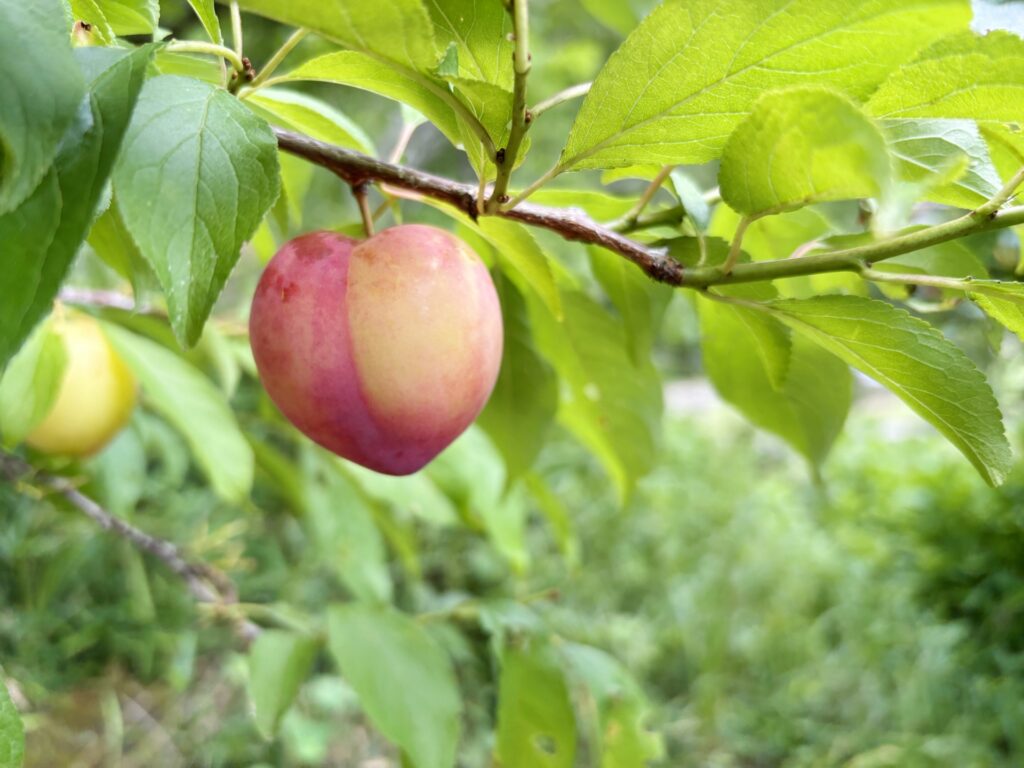
In addition to the “Koshu Hachikenka” (Eight Delicacies of Koshu), which are said to have been cultivated since ancient times, cherries and plums are also fruits that add color to Yamanashi’s early summer. Cherries were introduced in the Meiji era, and as they prefer cool climates, Yamanashi’s climate was well suited to their cultivation. In particular, varieties such as “Sato Nishiki” and “Benishuho” have become popular, and are now one of the highlights of fruit-picking tourism.
Cherry varieties that are original to Yamanashi Prefecture include “Fuji Akane” and “Kai Ruby,” and delicious cherries with a good balance of acidity and sugar content are cultivated here.
Plums are another fruit that has been cultivated in Yamanashi for a long time. They are said to have already been cultivated during the Edo period, and Western varieties were introduced after the Meiji period, leading to further improvements in their quality. Various varieties, such as “Soldam” and “Oishi Wase,” have been developed, and they adorn early summer dining tables. These fruits are harvested at different times than grapes and peaches, further enhancing the appeal of Yamanashi, where fruit can be enjoyed all year round. “Kiyo,” known as a high-quality plum, is also highly popular as a gift, and “Summer Angel,” an original Yamanashi variety, is also captivating with its sweet and juicy taste.
Winter fun: Strawberry cultivation and development
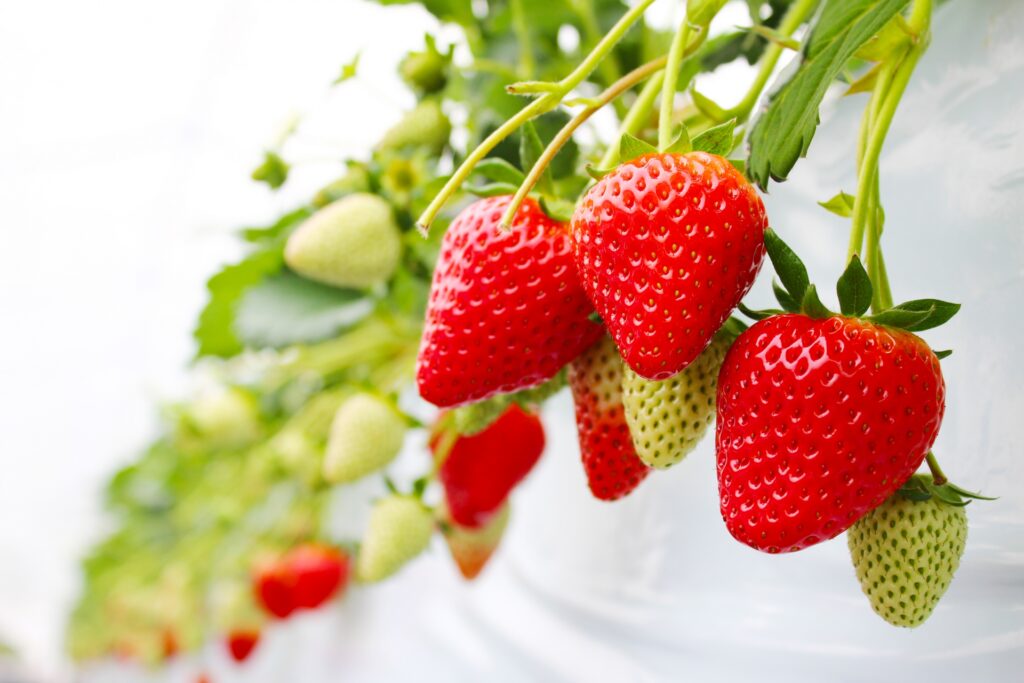
Strawberries are something you can enjoy in Yamanashi from winter to spring. Full-scale strawberry cultivation is a relatively recent phenomenon, but advances in greenhouse cultivation techniques have made it possible to harvest fresh strawberries even in the cold season. Popular varieties such as “Akihime” and “Benihoppe” are cultivated in Yamanashi Prefecture, and strawberry picking at tourist farms is also popular. One of the strawberry varieties that is Yamanashi Prefecture’s original is the summer-autumn harvest variety “Kai Summer,” which is in season from summer to autumn and is harvested and shipped.
The ability to enjoy sweet and sour strawberries in the cold season is the result of advances in cultivation techniques and the efforts of the farmers who support them. Even after the grape and peach harvest season is over, strawberries offer a new fruit appeal and add depth to Yamanashi’s fruit culture.
Yamanashi’s fruit weaves together a food and tourism culture
Yamanashi Prefecture has provided fruits, nurtured amidst its rich nature and history, not just as agricultural products, but as memorable food and tourism experiences for visitors. Here, we will introduce how fruits have colored the local culture and captivated people.
The history of fruit picking and farm experiences
Fruit picking in Yamanashi developed as a leisure activity during the period of rapid economic growth, attracting many tourists. The joy of picking your own fruit in the midst of abundant nature is a special experience for visitors. Initially, grape picking was the main focus, but later, a variety of seasonal fruit picking became available, including peaches, cherries, and strawberries.
Over time, fruit picking has evolved from a simple harvesting experience to include interacting with farmers and processing experiences such as making jam using the harvested fruit. This type of experiential tourism provides an opportunity to deepen understanding of agriculture and to learn about food and appreciate the blessings of food. Currently, fruit tourism in collaboration with accommodation facilities is also gaining popularity, with many people visiting Yamanashi in search of fruit throughout the year.
| Types of Fruit | Main fruit picking season | The appeal of the experience |
|---|---|---|
| strawberry | Winter to Spring (December to May) | Enjoy the sweet and sour flavors of the season in a warm greenhouse environment. |
| Cherries | Early summer (late May to early July) | The joy of picking jewel-like red berries and the luxury of a short season |
| Plum | Summer (late June to mid-August) | Eat a fresh plum whole |
| peach | Summer (late June to August) | Meltingly sweet, fragrant, and tasting different varieties |
| grapes | Summer to Autumn (July to October) | A wide variety of grapes, visits to wine vineyards and winery tours |
| pear | Summer to Autumn (Early August to Early October) | You can even enjoy the crunchy texture of freshly picked produce on the spot. |
| apple | Autumn (September to November) | Colorful apples, the sense of accomplishment of harvesting, and the processing experience are also popular |
| persimmon | Autumn (late September to November) | Sweet persimmons are a representative autumn delicacy, and there are few farms where you can pick them, so this is a valuable experience. |
Yamanashi Fruits as a Regional Brand
Yamanashi fruits are known nationwide for their high quality, and the region has also been actively pursuing a branding strategy to enhance their value throughout the region. For example, fruits that meet strict quality standards are certified as “Yamanashi Brand” and efforts are being made to widely communicate their value. This allows consumers to choose Yamanashi fruits with confidence.
In particular, “Koshu” grapes and “Koshu” wine are registered under the Geographical Indication (GI) Protection System, which indicates that their quality is closely linked to their place of origin. This is an important system for protecting the regional traditions and quality that have been cultivated over many years, and promoting their value both domestically and internationally. This system protects the uniqueness of grapes and wine that are unique to Yamanashi, further increasing trust in the brand. The Geographical Indication (GI) Protection System is also introduced on the Ministry of Agriculture, Forestry and Fisheries website .
Branding the fruit has also boosted sales at farm stands and roadside stations, and made it possible to ship nationwide via the internet. This has made it easy for people from far away to enjoy Yamanashi’s seasonal fruit, which has also helped revitalize the local economy. Fruits brought home as souvenirs serve as a catalyst for attracting more tourists, making Yamanashi fruit an irreplaceable treasure for the region.
summary
Yamanashi’s fruits are imbued with the bounty of nature and the wisdom of its people, nurtured over a long history. Behind the region’s growth into a major grape and peach producing region lies the story of how Koshu grapes supported Japan’s wine culture, and peaches developed through selective breeding. As symbolized by the “Eight Treasures of Koshu,” a wide variety of fruits, including cherries, plums, and strawberries, have enriched the region’s food culture throughout the seasons. The region’s growing appeal as a tourist destination, including fruit picking, has also enhanced Yamanashi’s brand value. Be sure to sample Yamanashi’s fruits while thinking about its history and culture.


